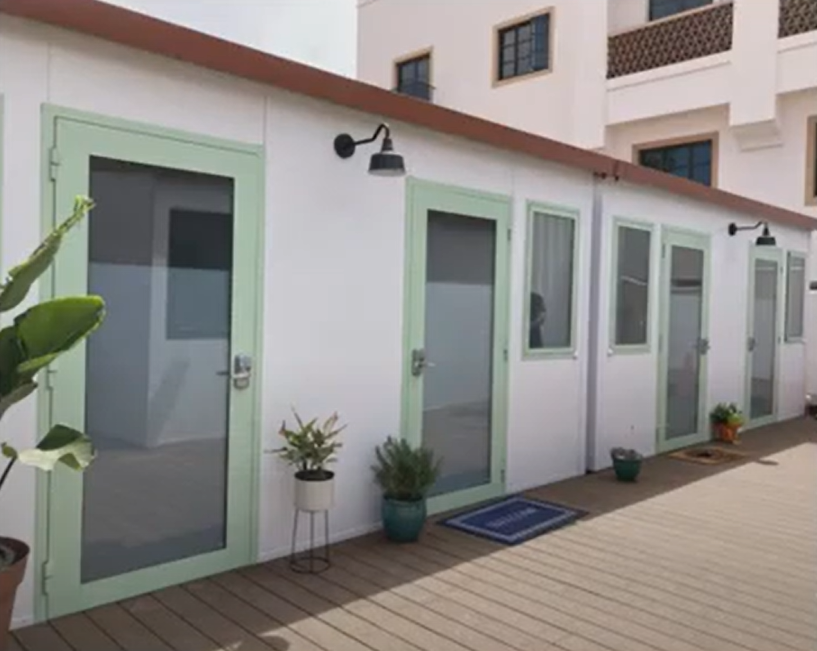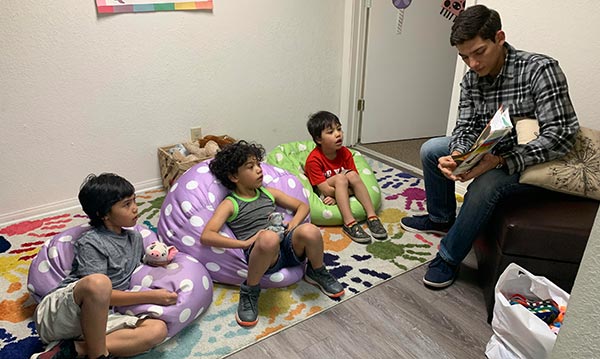FIRST-PERSON PERSPECTIVE /// Homeless count
By Zia Zografos
Unlike inhabitants of the tent cities in Los Angeles that have taken root along freeways, overpasses and city sidewalks, Ventura County’s homeless population is less obvious, often keeping hidden from the general public.
This made the job of dozens of volunteers difficult when they set out Jan. 24 to count and survey people living on the street and in parking lots, river beds and parks across Ventura County.
I was one of those volunteers.
Although I report on the homeless crisis from time to time, the count was not quite what I expected.
The annual survey, often referred to as the point-in-time count, is required of counties receiving funding from the U.S. Department of Housing and Urban Development. During the survey, people are asked a series of questions, and their answers offer insight into what led them to become homeless and what’s keeping them in a state of homelessness.
The Ventura County Continuum of Care Alliance, a collaborative group of agencies, cities and individuals, oversees the count. The alliance coordinates the volunteers who fan out to tally homeless individuals or families in the county’s cities and unincorporated areas. The alliance compiles the information, generally publishing the results a few months later. Continuum director Jennifer Harkey said she expects this year’s report to be completed sometime in the spring.
GONE TO WASTE—Bags of donated clothes were found torn open and clothing strewn on the ground behind a Thousand Oaks housing complex during last week’s Ventura County Homeless Count. ZIA ZOGRAFOS/Acorn Newspapers
According to last year’s count, there were 2,238 homeless people living in Ventura County, including 1,356 unsheltered people. The total includes people living in shelters and hotel rooms paid for by government programs and charitable organizations. In 2020, 1,787 people were counted, 1,265 of them unsheltered. There was no count in 2021.
I volunteered with the Thousand Oaks group. We met at the Hillcrest Villas Apartments managed by nonprofit affordable housing provider Many Mansions.
Our group started at 8 a.m., though some started at 6 a.m.
I was paired with Stu Warford, a retired urban farmer who is a veteran count volunteer. Warford and his wife, Colleen, donate harvested crops to Manna Conejo Valley Food Bank.
Members of Thousand Oaks’ city staff were also in attendance. Other dignitaries participated as part of the earlier group.
Before setting off, we were instructed to only count people who slept outside or in a place not meant for human habitation. We were prepped on what to do if we saw children or people who were experiencing domestic violence.
The first question on our survey was, “Where did you sleep last night?”
I had imagined we would count more people than we did.
As we slowly drove through the parts of town assigned to us, we only spotted two individuals, one of whom had already been counted.
Warford suggested that people might be at work. Some people are able to hold down jobs despite not having housing.
Senior Dep. Chris Dyer of the Ventura County Sheriff’s Office, who works at the Camarillo Police Station, said, “We have a sect of homeless people who we never contact, people who work 40-hour-per-week jobs while living out of their cars,” he said. “And they never cause any problems.”
Others could have had appointments to attend or be hanging out in a new location, and still others might not want to be found.
Those involved with the homeless community know the count is rarely accurate. Many Mansions President Rick Schroeder said there can be three times as many people who are homeless than the count shows.
In Thousand Oaks, where Many Mansions is based, for example, vulnerable populations officers—whose primary assignment is working with members of the homeless community— keep their own count, which is always higher than the point-in-time number.
Despite authorities knowing the count will be off, the county continues to conduct it because funding is reliant upon it. The count, along with other data compiled by the continuum, determines funding allocation, Harkey said.
The one person I was able to survey on the 24th had been living in his car. A friend of his was helping him clean his living quarters.
The man was friendly and relatively open about his situation, answering various survey questions about the number of times he’s been homeless, whether he has a substance use disorder that affects his ability to live independently and if he has a chronic health condition.
People become homeless for all sorts of reasons, Schroeder said. Mental or physical disabilities can be a factor, he said, as can substance abuse. Some are fleeing domestic violence while others don’t want to be raised in the foster care system.
There is hope. People can rebound—Schroeder and Dyer said they’ve seen it happen.
“We do have people who are service resistant, but our (vulnerable populations officers) continually do outreach (and) extend that olive branch in the hopes that one day they’ll take it,” Dyer said.
“Some people are OK being homeless,” he said.
Though there’s likely no one-size-fits-all approach to solving homelessness, Schroeder said, he’s seen situations improve— especially when people agree to follow the rules at an affordable housing complex. Things might start off rocky, but an all-encompassing supportive approach helps improve a person’s situation.
“A formerly homeless resident in our supportive housing property only has to pay one-third of their total income toward rent,” Schroeder said. “Thus, they may not pay any rent at the beginning. However, over time, we help them get employment or government benefits. . . . Everyone eventually pays rent.”
As Warford and I drove, we saw signs of homeless living strewn throughout the city. When inspecting the nooks and crannies of my hometown, we saw mattresses, damaged bikes, shopping carts, garbage bins that had been picked through and piles of clothing. Evidence of homelessness was tucked away in places I’d never seen.
“It makes you see the city with a brand-new pair of eyes,” Warford said.
Article originally appeared in the Acorn (Read full story and additional photos)





